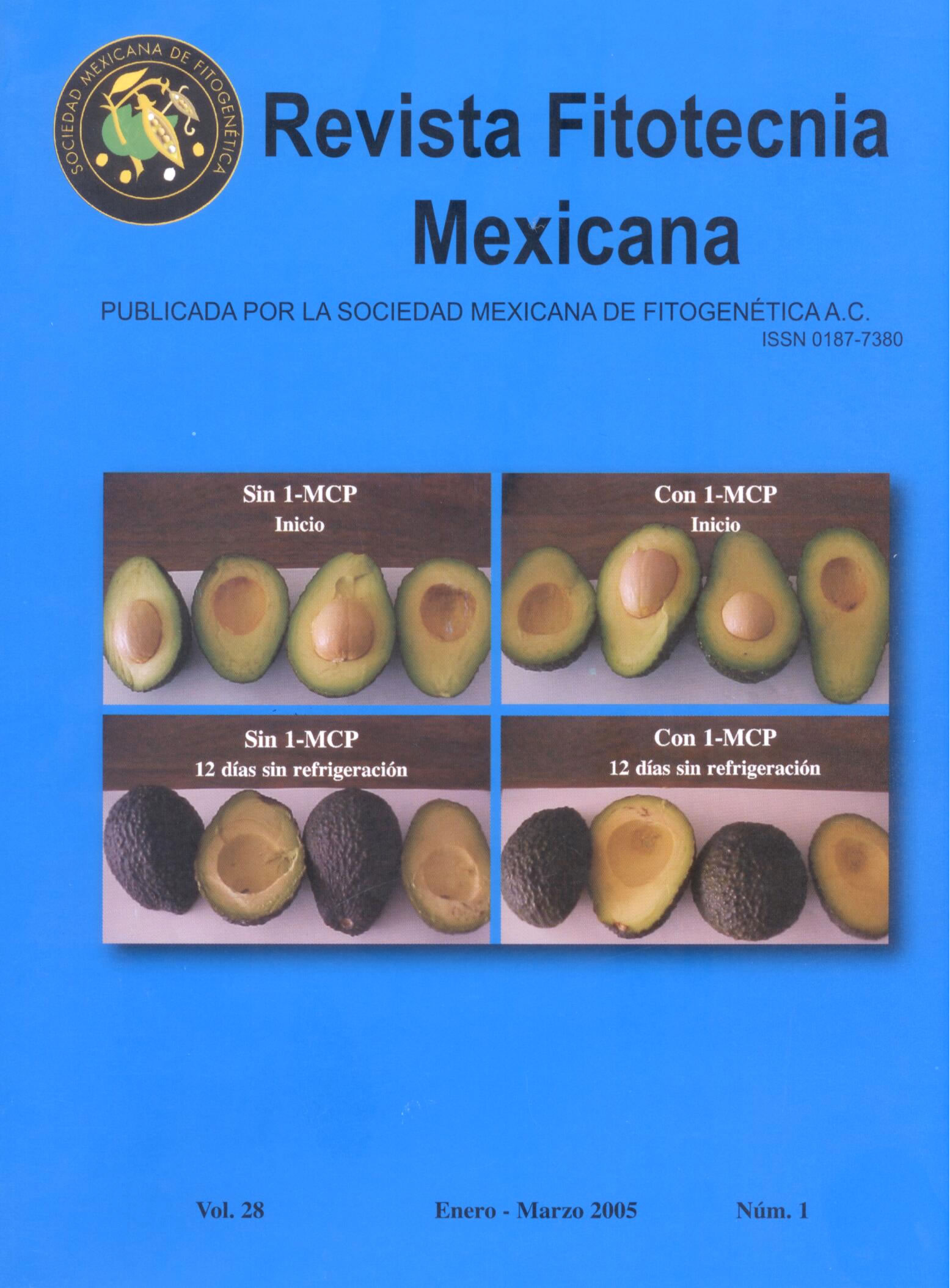BEHAVIOR OF TECHNOLOGICAL COMPONENTS IN RAINFED RICE IN THE STATE OF VERACRUZ
Main Article Content
Abstract
In Veracruz, México the rice (Oryza sativa L.) variety Milagro Filipino which has a limited demand in the state, is sown under rainfed conditions. The high amounts of propanil used by farmers has caused the development of herbicide resistant grass biotypes with. The high amounts of chemical fertilizers favor weeds growth and increase the incidence of plant pathogens. To improve of production technology, during the 2001 rainy season, one experiment was established in two locations of the central area of the state of Veracruz. A randomized complete block design with four replications, with treatments arranged in split-split plots, was utilized. The main plots corresponded to the genotypes Milagro Filipino and the line II6911; the subplots to three herbicide mixtures: pendimethalin + propanil (1600 + 2160 g a. i. ha-1) (regional check), clomazone + bispyribac-sodium (480 + 22 g a. i. ha-1) and clomazone + propanil (600 + 1440 g a. i. ha-1); and the sub-subplots included four fertilization treatments: 92N-46P-00K (regional check), biofertilizers (Azospirillum brasilense + Glomus intraradix inoculated to the seed at 0.720 + 2.0 kg ha-1), 92N-46P-00K + biofertilizers and 46N-23P-00K + biofertilizers. The results indicated that both genotypes, II6911 and Milagro Filipino, had a similar behavior in grain yield. The best weed control was obtained with the herbicide mixtures clomazone + propanil and pendimethalin + propanil, although in the first one the propanil rate was reduced by 33%. There was no response in grain yield and yield components to the sole application of A. brasilense + G. intraradix. The highest grain yields were obtained with 92N-46P-00K + A. brasilense + G. intraradix or with the 92N-46P-00K formula, but the best benefit/cost ratio (1.59) and the highest return rate (491 %) were obtained with the first of these treatments.

